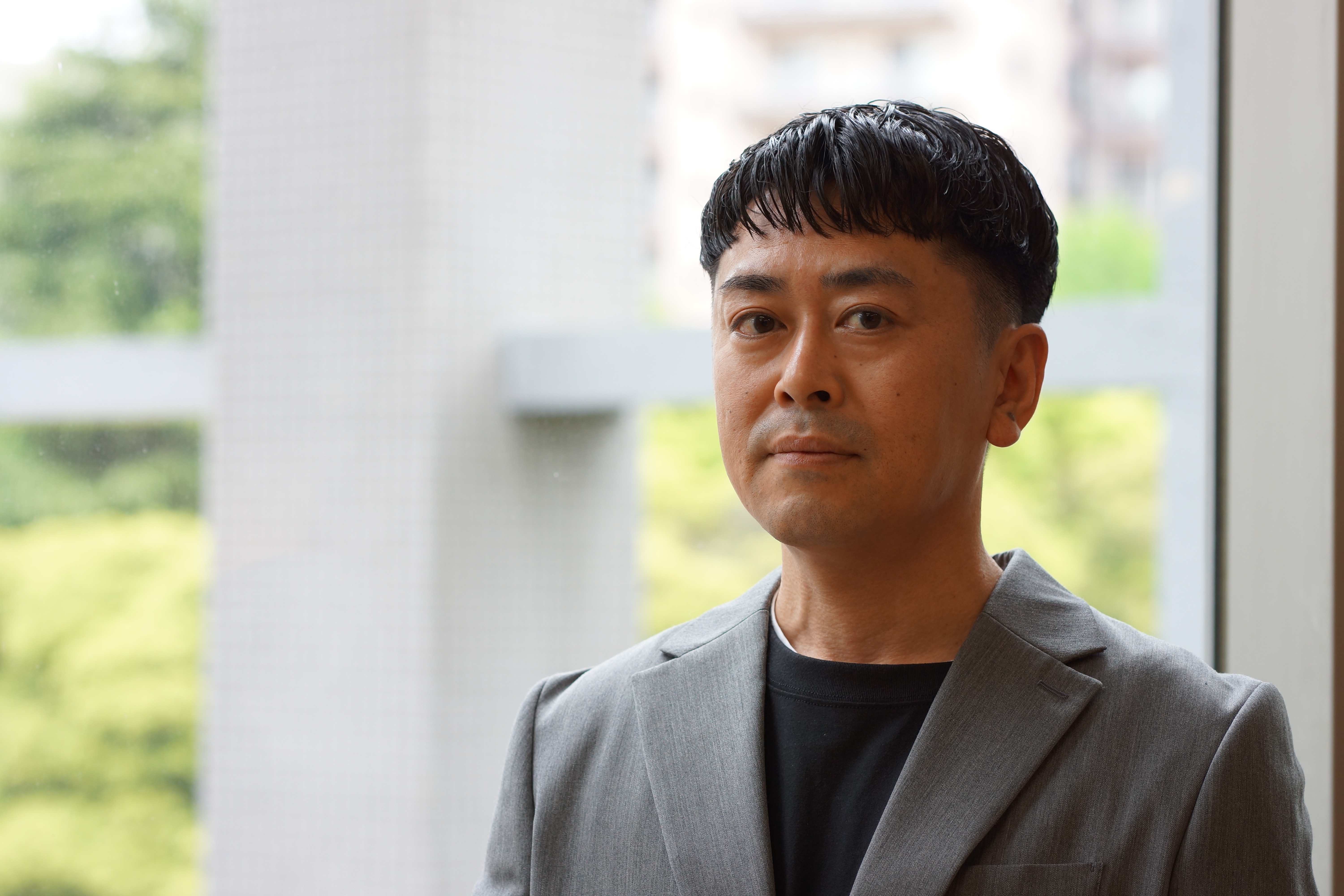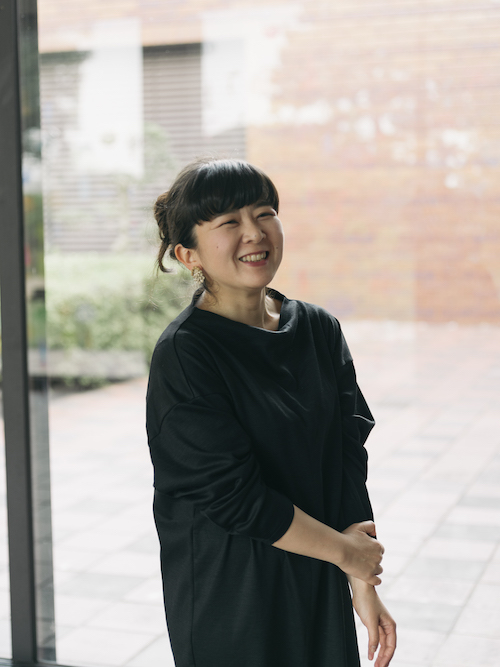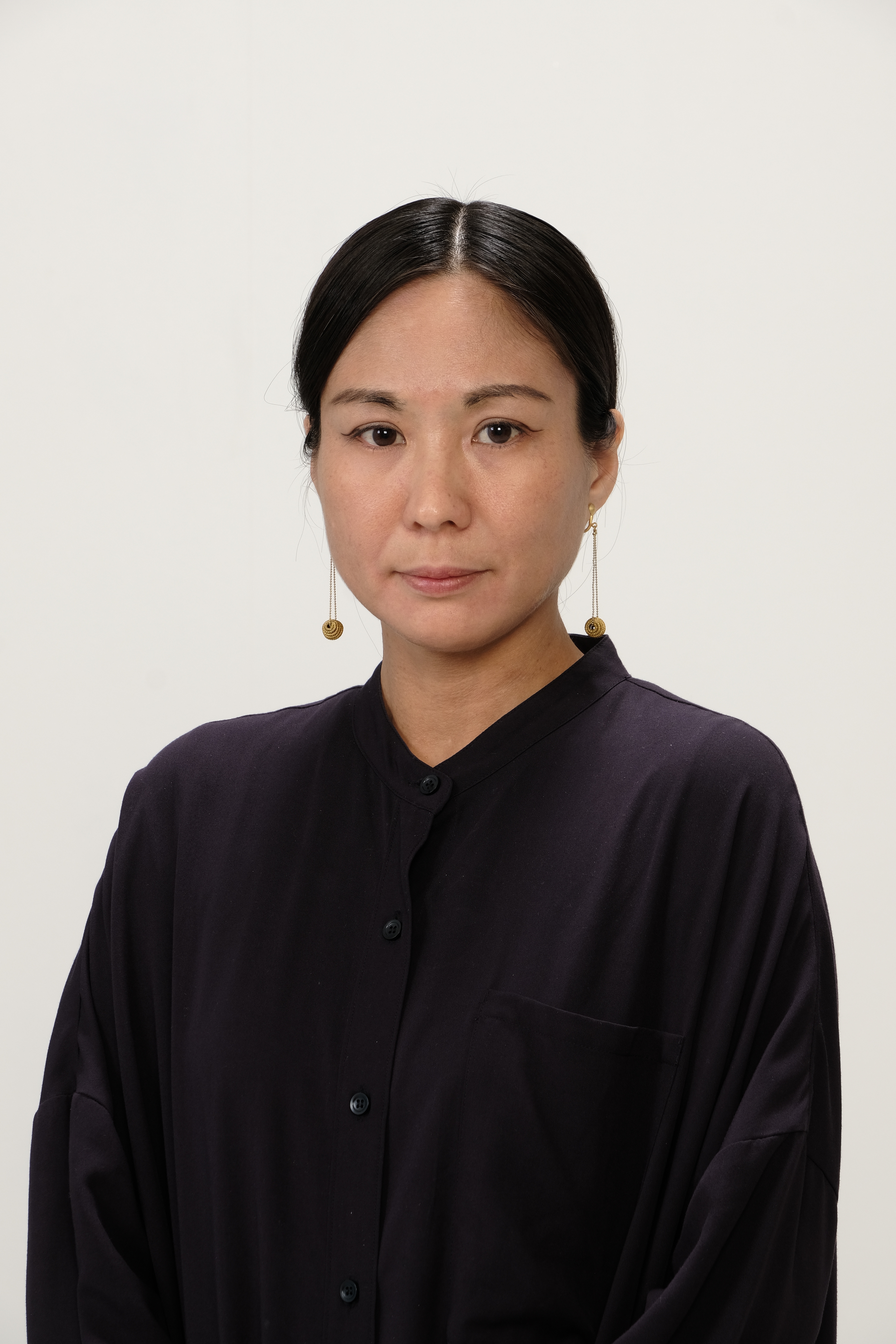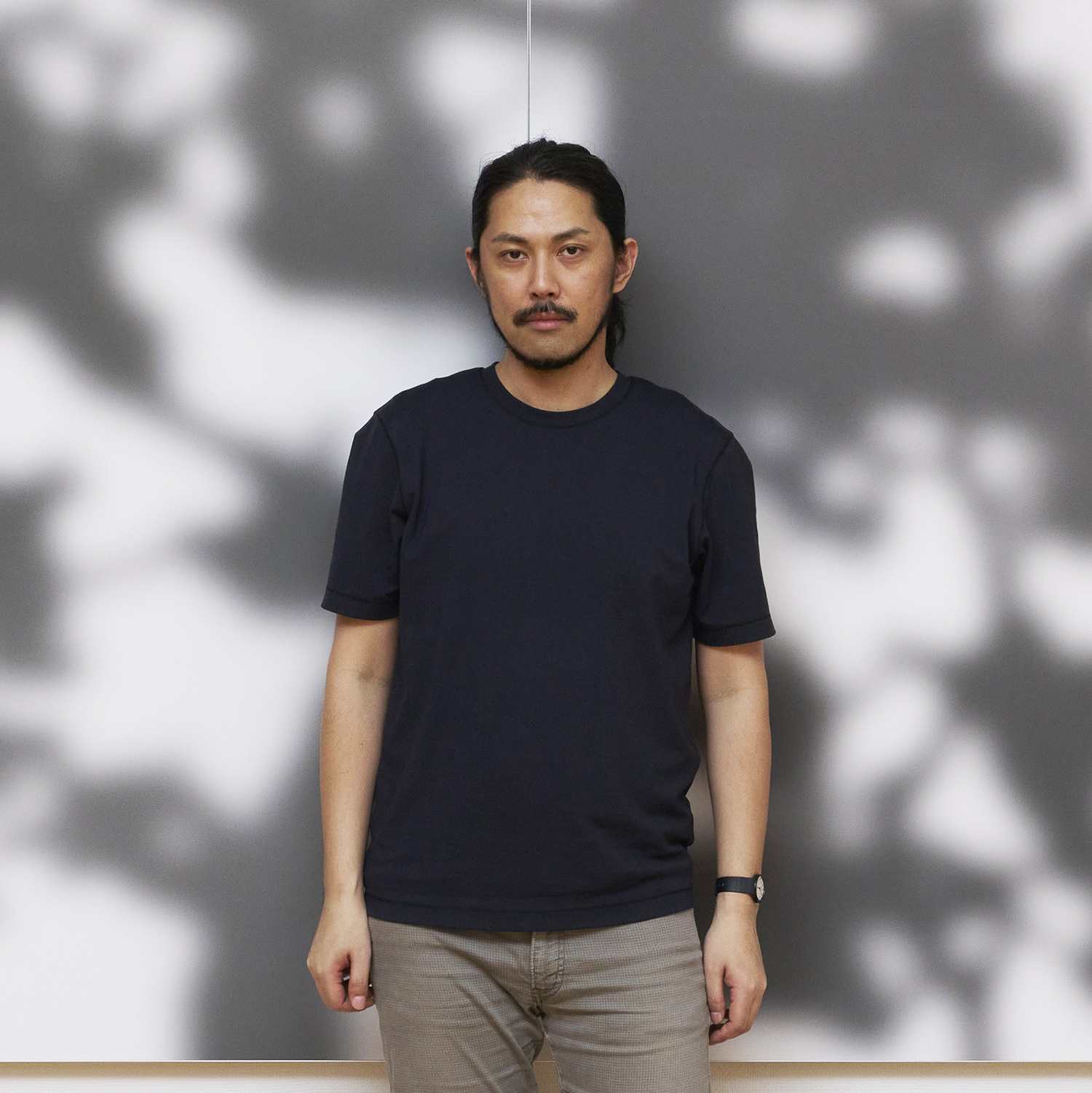Screening session
In 2024, 734 artists submitted 922 works. This is more work than last year, with 117 more artists and 91 more submitted works.
The Idemitsu Art Award is committed to "on-site judging," with four judges personally viewing and judging all submitted works from the first round onwards.
The competition was judged from a variety of perspectives, and seven winning works, including the Grand Prix, and 46 selected works were selected.
Introducing the judges for the Idemitsu Art Award 2024 (titles omitted)
Itaru Itaru Oura

Born in 1981. Graduated from Waseda University Graduate School of Letters, Department of Art History with a PhD. in credits. Has been a curator at the Museum of Modern Art, Saitama since 2013. Exhibitions she has been in charge of include "Tatsuno Toeko on Papers" (2018), "New Photographic Objects: The Materiality of Photography and Image" (2020), and "Beuys + Palermo" (co-planned, 2021).
Shoji Sachiko Shoji

photo: Shintaro Yamanaka
(Qsyum!)
Born in Okayama Prefecture. Graduated from Ochanomizu University Graduate School with a doctoral degree. After working as a curator at the Fukuoka Art Museum, she will be a senior researcher at the National Museum of Art, Osaka from 2023. The main exhibitions she has planned so far include "The 9th 21st Century Artists - Fukuoka Oura Kokoro Exhibition: Soft Pressure" (2011), "Reimagining" (2014), "Doing history! Doing history!" (2016), "Yinka Shonibare CBE: FLOWER POWER" (2019), "Tetsuya Umeda: The Origin of Song" (2019-20), "Mitsuko Tabe Exhibition: 'We Can't Give Up Hope'" (2022), "Kazutomo Fujino and Yoshiko Okaue" (2022-23), and "Collection 2: Body - Body" (2024).
Mizuki Takezaki Takezaki

Born in Yokohama, Kanagawa Prefecture. Graduated from Waseda University Graduate School of Letters, Department of Art Studies (Art History). After working as a curator at the Kochi Museum of Art, he became a curator at the Marugame Genichiro-Inokuma Museum of Contemporary Art in 2017. He conducts research while using the lessons and issues from the modern era as a foothold to grasp the present and beyond. Major exhibitions he has planned so far include "Genichiro-Inokuma: Honolulu" (2024, Marugame Genichiro-Inokuma Museum of Contemporary Art), "Koji Nakazono: Soulmate" (2023, same museum), "Shunsuke Imai: Skirts and Landscapes" (2022, same museum), "Meeting the Ever-changing Faces" (2021, same museum), and "Treasures of the Kochi Family: From Kaita Murayama to Joseph Beuys" (2014, Kochi Museum of Art).
Ryohei Kan Kan

photo: Kensuke Hashimoto
Born in Ehime Prefecture in 1983. After receiving the German Academic Exchange Service (DAAD) scholarship in 2013, he has been based in Munich and Tokyo, and completed his doctoral studies at the Tokyo University of the Arts Graduate School of Fine Arts in 2016, receiving his PhD in Fine Arts. In 2019, he graduated from the Academy of Fine Arts in Munich and received the Meisterschuler degree from Professor Florian Pumhoesl. Based on his thoughts on "void," he creates works that deal with a variety of media in a cross-sectional manner and exhibits them both domestically and internationally. In 2020, he took up a position as a lecturer at the Faculty of Arts, Hiroshima City University, while from 2021 he will be planning, supervising and managing the Setouchi L-Art Project (abbreviated as SLAP) in Fukuyama City, Hiroshima Prefecture, as the general director of the Setouchi L-Art Project, which is a cultural creation and promotion program for the Setouchi area. As an artist, university professor and art director, he explores the possibilities of art from a practical standpoint.
Examination progress report
First round: 922 works → 254 works
Four works were lined up in front of the judges, and the judging proceeded by one or more judges raising their hands.
However, to ensure fairness, works that were not selected within the first three minutes were judged again after all works had been judged.
Second round: 245 works → 80 works
Prior to the second round of judging, multiple works by one artist were judged. After that, three works were lined up in front of the judges, and the judging proceeded with a show of hands from two or more judges.
Final selection: 80 works → 53 works
All 80 entries that passed the second round of judging were lined up and judged.
Grand prize decision
The judges selected five works as candidates for the Grand Prize, and after much discussion, they decided that Asuka Sasamoto's work would be the Grand Prize winner.
Jury awards and selection of winning works
From the 79 entries excluding the Grand Prix, the judges selected one Jury Prize winner and 12 Honorable Mention works (10 works were selected by Judge Suga).
Special student award, selection of additional winning works
Two works were selected for the Special student Award from among the selected works, which were submitted by students.
Afterwards, in place of the two works selected for the Special student Award, two additional winning works were selected.